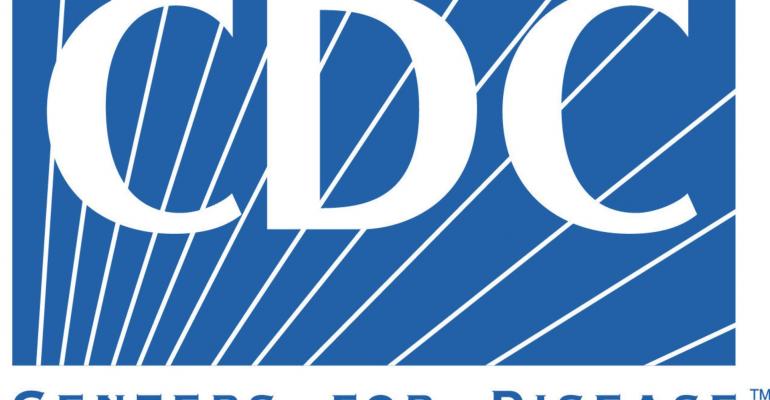100 more days or until order lifted or health emergency ends
This order will remain in effect until the earliest of these: the expiration of the secretary of health and human services’ declaration that COVID-19 constitutes a public health emergency, the CDC director rescinds or modifies the order based on specific public health or other considerations, or 100 days from the order's publication in the Federal Register.
The CDC's initial 'no sail' order, on March 14, had a 30-day period. The day before, all Cruise Lines International Association member lines had agreed to voluntarily stop sailings from/to US ports.
'We are working with the cruise line industry to address the health and safety of crew at sea as well as communities surrounding US cruise ship points of entry,' CDC Director Robert Redfield said Thursday in announcing the extension.
Travel restrictions on foreign nationals who had recently been to China and Europe and a 30-day period of social distancing and other measures to contain and mitigate the spread of the virus have been a critical component of the US COVID-19 response, the CDC said, adding 'but despite these efforts, cruise ship travel markedly increases the risk and impact of the COVID-19 outbreak within the United States.
20 ships in US waters with known or suspected cases
In recent weeks, at least 10 cruise ships reported crew or passengers tested positive or experiencing respiratory symptoms or influenza-like illness. Currently, there are approximately 100 cruise ships at sea off the East Coast, West Coast and Gulf Coast, with nearly 80,000 crew aboard. Additionally, CDC is aware of 20 cruise ships at port or anchorage in the US with known or suspected COVID-19 among the crew.
Crew complexities
The CDC cited several public health concerns when crew members become ill: Safely evacuating, triaging and repatriating cruise ship crew has 'involved complex logistics, incurs financial costs at all levels of government and diverts resources away from larger efforts to suppress or mitigate COVID-19. The addition of further COVID-19 cases from cruise ships also places healthcare workers at substantial increased risk.'
Medevacs in 'dire need'
The CDC said the US government remains committed to humanitarian medical evacuations for individuals in dire need of life-saving support.
Earlier, the US Coast Guard's Southeast District had advised cruise operators to be prepared to care for individuals with influenza-like illnesses on board for an 'indefinite period of time.'
The CDC, USCG and the Department of Homeland Security have been working with the industry to determine the most appropriate public health strategy to limit the impact of COVID-19 at ports of entry. Besides CLIA lines' voluntary suspension of service, the industry has since been working to build an illness response framework to combat COVID-19 on ships with crew remaining on board and at sea.
Develop plans with limited reliance on government support
The CDC's new order requires cruise ships within US waters to develop a comprehensive, detailed operational plan approved by CDC and USCG to address the pandemic 'through maritime-focused solutions, including a fully implementable response plan with limited reliance on state, local and federal government support.'
Copyright © 2024. All rights reserved. Seatrade, a trading name of Informa Markets (UK) Limited.
Add Seatrade Cruise News to your Google News feed.  |

